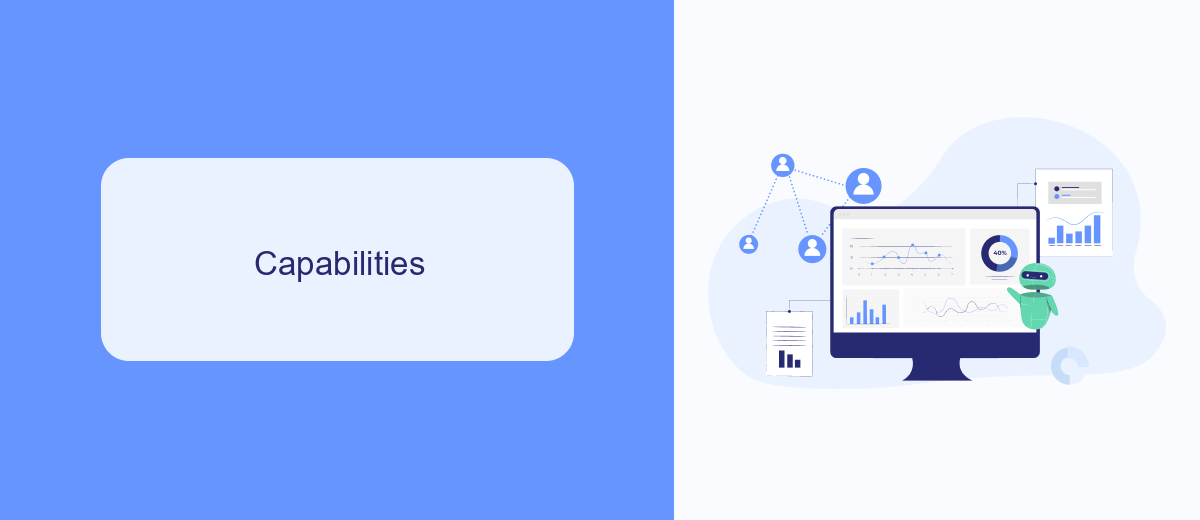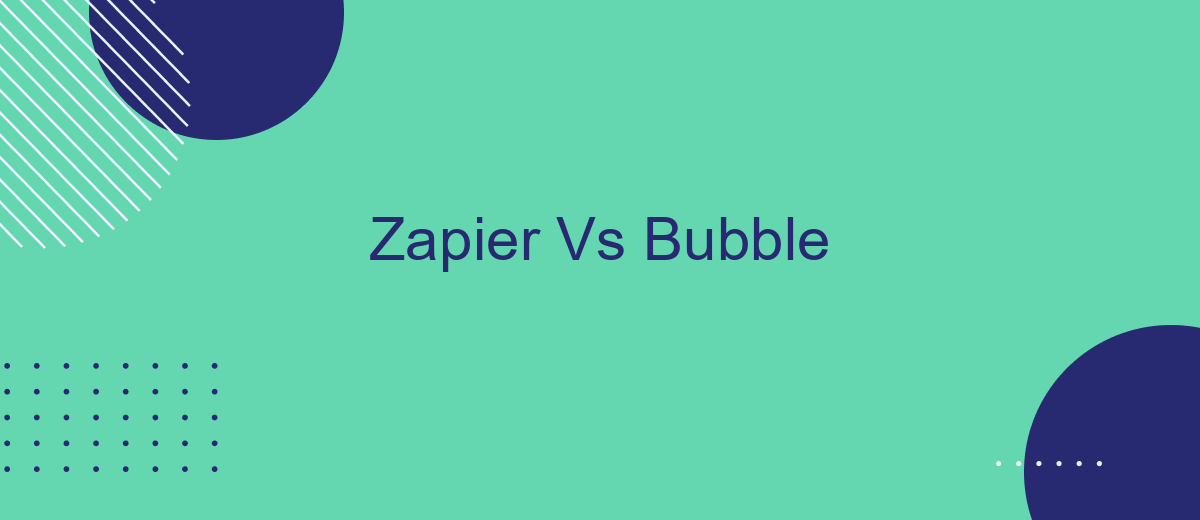In the ever-evolving landscape of no-code tools, Zapier and Bubble stand out as powerful platforms catering to different needs. Zapier excels in automation and workflow integration, while Bubble focuses on building fully functional web applications without writing code. This article delves into the strengths and weaknesses of each, helping you decide which tool best suits your project requirements.
Introduction
In today's fast-paced digital landscape, businesses are constantly seeking tools to streamline their operations and enhance productivity. Two such powerful platforms that have gained significant traction are Zapier and Bubble. Both offer unique features and capabilities, but they serve different purposes and cater to varied user needs.
- Zapier is renowned for its ability to automate workflows by connecting different apps and services.
- Bubble, on the other hand, is a no-code platform designed for building complex web applications without any programming knowledge.
- SaveMyLeads is another noteworthy service that simplifies the process of integrating various platforms, making it easier to manage leads and automate tasks.
This article aims to provide a comprehensive comparison between Zapier and Bubble, highlighting their strengths, weaknesses, and ideal use cases. Whether you're a business owner looking to automate your processes or a developer aiming to build robust applications, understanding the differences between these platforms will help you make an informed decision.
Capabilities

Zapier and Bubble offer distinct capabilities that cater to different needs in the realm of automation and app development. Zapier excels in automating workflows between various apps and services, enabling users to create complex integrations without writing a single line of code. It supports thousands of apps, making it a versatile tool for automating repetitive tasks and improving productivity. On the other hand, Bubble is a powerful no-code platform that allows users to build fully functional web applications. With its visual editor, users can design and deploy custom apps without needing extensive technical knowledge.
For those looking to streamline their integrations further, services like SaveMyLeads can be invaluable. SaveMyLeads simplifies the process of connecting apps and automating data transfers, making it easier to manage leads and customer information efficiently. While Zapier focuses more on connecting and automating existing services, Bubble provides a robust environment for creating new applications from scratch. Together, these tools offer a comprehensive solution for both automation and app development needs.
Ease of Use

When it comes to ease of use, both Zapier and Bubble offer user-friendly interfaces, but they cater to different needs. Zapier is designed for those who want to automate workflows without writing code, making it accessible to users with little to no technical background. Bubble, on the other hand, is a more comprehensive tool for building web applications and requires a bit of a learning curve, especially for those new to app development.
- Zapier: Simple drag-and-drop interface for setting up automations.
- Bubble: Visual programming interface that allows for more complex app development.
- SaveMyLeads: Easy integration with multiple platforms to streamline lead management.
Overall, if your primary goal is to automate tasks quickly and efficiently, Zapier is the go-to choice. However, if you need to build a fully functional web application with custom features, Bubble offers the flexibility and power required. For those looking to enhance their integration setup, SaveMyLeads provides an additional layer of ease by simplifying lead management across various platforms.
Pricing

When comparing Zapier and Bubble, pricing is a crucial factor to consider. Both platforms offer different pricing models that cater to various needs and budgets. Zapier operates on a subscription-based model with tiered plans, while Bubble offers a more flexible pricing structure based on usage.
Zapier's pricing starts with a free plan that includes basic automation features, but to unlock advanced functionalities, users need to opt for paid plans. These plans range from .99 to 9 per month, depending on the number of tasks and premium features required. On the other hand, Bubble offers a free tier for basic app development and several paid plans that start at per month, scaling up based on the application's complexity and resource requirements.
- Zapier: Free plan available, paid plans from .99 to 9 per month
- Bubble: Free tier available, paid plans starting at per month
For users seeking to integrate multiple services seamlessly, SaveMyLeads provides an alternative solution that simplifies the process. It offers a straightforward pricing model and can be a cost-effective option for businesses looking to automate their workflows without the need for extensive technical knowledge. Ultimately, the choice between Zapier and Bubble will depend on your specific needs, budget, and the level of automation required.
Conclusion
In conclusion, both Zapier and Bubble offer unique advantages for different types of users. Zapier excels in its ability to easily integrate various applications, making it an excellent choice for businesses looking to automate workflows without extensive coding knowledge. On the other hand, Bubble provides a comprehensive platform for building fully functional web applications from scratch, catering to those who need more customization and control over their projects.
When deciding between these two platforms, it is crucial to consider your specific needs and technical expertise. For those who require simple integrations and automation, Zapier is the go-to solution. However, for more complex application development, Bubble stands out as the better choice. Additionally, services like SaveMyLeads can further streamline the integration process, offering a valuable resource for businesses aiming to optimize their operations with minimal effort. Ultimately, the right choice depends on your project requirements and your team's capabilities.


FAQ
What are the primary differences between Zapier and Bubble?
Can I use both Zapier and Bubble together for my projects?
Which platform is better for non-technical users?
What are some alternatives to Zapier for automation and integrations?
Can I build a complete web application using Zapier?
SaveMyLeads is a simple and effective service that will help you automate routine tasks and optimize business processes. Stop wasting time uploading leads from Facebook manually – you can do it automatically, saving a lot of time and money. Eliminate routine from workflows and achieve more with minimal investment of money, effort and human resources.
